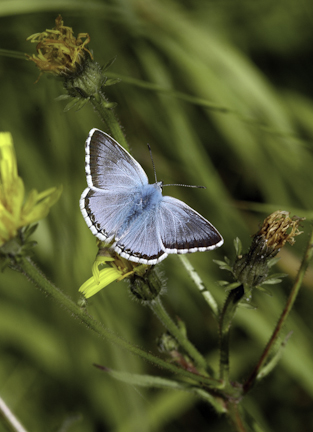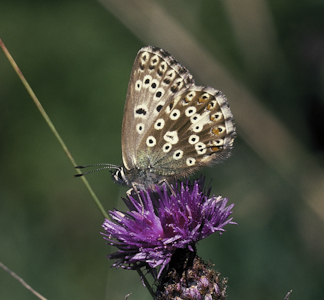Butterflies
Skippers
Whites
Hairstreaks
Blues and Coppers
Admirals
Vannesids
Fritallaries
Browns
| Year | First | |
| 1976 | present | |
| 1977 | present | |
| 1978 | present | |
| 1979 | present | |
| 1980 | july 30 WH | |
| 1981 | aug 3 WH | |
| 1982 | july 17 WH | |
| 1983 | july 30 WH | |
| 1984 | aug 6 WH | |
| 1985 | aug 13 WH | |
| 1986 | WH | present |
| 1987 | aug 1 WH | |
| 1988 | WH | present |
| 1989 | aug14 WH | |
| 1990 | WH | present |
| 1991 | WH | present |
| 1992 | WH | present |
| 1993 | july 1 WH* | |
| 1994 | WH | present |
| 1995 | WH | present |
| 1996 | WH | present |
| 1997 | WH | present |
| 1998 | WH | present |
| 1999 | WH | present |
| 2000 | WH | present |
| 2001 | WH | present |
| 2002 | WH | present |
| 2003 | WH | present |
| 2004 | WH | present |
| 2005 | WH | present |
| 2006 | WH | present |
| 2007 | WH | present |
| 2008 | WH | present |
| 2009 | WH | present |
| 2010 | WH | present |
| 2011 | 1 August | BC |
| 2012 | WH | present |
| 2013 | WH | present |
| 2014 | WH | present |
| 2015 | WH | present |
2016 |
||
| 2017 | ||
| 2018 | ||
| 2019 | ||
| 2020 | ||
Submit Your Records & Comments Here
Butterfly Survey 1976-2020
Chalk Hill Blue
Chalk Hill Blue male/female

Habit: The unmistakable male chalk hill blue emerges in July - the much subtler and brownish female emerges slightly later. Both butterflies can be seen in substantial colonies on suitable chalk downland hillsides, where horseshoe vetch predominates. One such hillside is White Hill in Shoreham Kent, where in 1977, with permission from the Dunsany estate, I set up a private reserve. I practiced a new and non intensive, one man clearance regime and thanks to Mike Brown, this method has more or less survived to this day, though wiith mechanical hand cutters now held by the local Kent group of Butterfly Conservation volunteers. Keeping the bank clear above Fackenden Lane was not the whole solution, but it is a sterling effort to preserve the species in the area.
History: The White Hill colony was part of a far more extensive network which covered a stretch on the Downs from Darent and Eynsford through to the Otford headland and East to Kemsing and Wrotham. Years of relative neglect to the hillsides and the Dunsany estate left a progression of scrub developing into knots of small, bushy and then larger trees that shaded out and took over the once grazed grassland. Throughout, this has meant the former glory of these once grazed hillsides have declined dramatically, despite the great storms of 1987 and 1991
* BROMLEY 2011 historical records exist in both Plant and Chalmers Hunt, suggesting the migratory tendencies of this butterfly.
Single brooded, eggs are laid exclusively on the horseshoe vetch, the larvae not emerging until spring. Ten weeks of growth precede pupation, which is (like the Large Blue, but without the ants) undertaken at the base of the foodplant and about a month later the butterflies emerge.
Larval Foodplant: horsesho vetch
wingspan: 28mm
Status: Not under threat on the White Hill reserve, but colony varies from year to year - less distributed than when I first discoverede it for my own study
WH - White Hill Shoreham, BC - Bromley Common, BIC-Bickley, Kes - Keston, Ha - Hayes --BN - Bromley North - Ey Eynsford - Orp-Orpington, FACK - Fackenden Down and Bank
Thanks to Howard Walmsley and David Davis, Fred O'Hare
©Google Click on abbreviation underlined for location
By Rodney Compton
Emergence times for butterflies is a simple climate change monitor that you can be involved in. Please email your records and images to me and they will be considered for inclusion in the butterfly survey. This is open to individuals or teachers and schools.

